#Epipedobates anthonyi
Text

Turns out I lied. Not just gonna be doing quick sketches. Today's theme needed colour, so while this is still majority pencil tool, I used it more like a paintbrush.
Amphibiuary Day 02: Red.
Drew an Anthony's poison arrow frog. Sort of. The anatomy is all off but at least the colours are there
#Amphibiuary#Amphibiuary 2024#Synth's dumb doodles#my ary#Anthony's poison arrow frog#Epipedobates anthonyi#drawing#amphibian#frog
55 notes
·
View notes
Text

today's funky frog of the day: anthony's poison arrow frog (Epipedobates anthonyi)!!! endemic to ecuador and peru, these charming creatures are active during the day. their range is very limited. the species is named after the naturalist Harold Elmer Anthony!!! this photo in particular makes this frog look so stunning!
photo by osoandino
#anthony's poison arrow frog#Epipedobates anthonyi#frog#funky frog of the day#there are a lot of stunning photos of this guy on inaturalist#if u like wildlife photography i would absolutely recommend checking them out#and also just. who doesnt like getting to see photos people have taken of Little Creatures
560 notes
·
View notes
Text
Creature Awaits #238
Each week I plan to feature an amazing creature, admiring God's fantastic artistry. Hopefully it’ll brighten someone’s day to see something new and interesting if they haven’t seen it before. : )
We continue this year's Christmas-time theme…"Peppermint" where we'll feature beautiful animals sporting Red and White. : )

(Adorable still taken by Tubifex (CC BY-SA 3.0 Deed))
The Anthony's Poison Arrow Frog
Scientific Name: Epipedobates anthonyi
Region: The western border between Equador and Peru
Size: Only about 0.7"-1" (~19mm-26mm) long
Interesting Notes: The female of this tiny, peppermint-colored frog will lay her eggs under leaves on the forest floor. The male will then guard them for two weeks until they hatch into tadpoles, and then will carry them on his back to the water they will live in until emerging as fully grown frogs two months later.
#creatureawaits#cute animals#peppermint color#red and white animals#frogs#poison arrow#Anthony's Poison Arrow Frog#Epipedobates anthonyi
0 notes
Text

day 1421
#uh just a heads up if you expand the tags to see all there's. a lot. very long#amphibian#frog#poison dart frog#based on my most popular frog to date (day 651)#inspired by everyone pointing out what they think it looks like#here's a fun secret fact the original guy is actually a phantasmal poison dart frog (Epipedobates tricolor)#(according to the original artists title of the drawing)#not Anthony's poison arrow frog (Epipedobates anthonyi)#i feel too awkward to really point it out though because they look the exact same. i cannot tell if there is a difference#im half convinced the same frog was just discovered and named twice#its very curious btw if you go on the (english) wikipedia page for either species it doesn't mention the other#while hereptiles.info (no idea if this is a trustworthy site) lists both names as common names for the same frog (incorrectly??)#while inaturalist lists them as two different frogs. curiously with tricolor having wayyyyy fewer photos#ok anyway that's my rant i went on a whole journey trying to figure out if these are the same frog or not and i have no answer#i did some more 'research' and i am more confused. some sources seem to imply they are now considered the same species ( e. tricolor)#i think my conclusion is i am willing to agree the drawing looks more like e. anthonyi. it seems like tricolor is generally less vibrant re#and the white is darker and more green?#i feel like thumblr should stop me from typing more in the tags at this point this is a whole essay#at this point i am failry convinced this is specifically the Santa Isabel frog. isthat the real subspecies or morph or whatever#or just the name pet sites are using to sell it??#i even found some sources (frog selling websites) refering to it as “Epipedobates Anthonyi 'Santa Isabel' Phantasmal Poison Dart Frog” lol#Anyways if you read this far hi. species are confusing. i am not a frog scientist#the first few tags are like an hour old now i just kept trying to figure it out and adding more tags
2K notes
·
View notes
Text


Anthony's Poison Frog (Epipedobates anthonyi), male guarding eggs, family Dendrobatidae, found in Peru and Ecuador
Poisonous.
photograph via: Tennessee Aquarium
#epipedobates#dendrobatidae#poison dart frog#frog#amphibian#herpetology#animals#nature#south america
461 notes
·
View notes
Text

Jungle Jewel Exotics
high cream
Epipedobates anthonyi
Santa lsabel
45 notes
·
View notes
Text
Korkeasaari


Juovaimunuoliainen (Sewellia lineolata) Reticulated hillstream loach



Chantaburinsammalsammakko (Theloderma stellatum) Chantaburi warted treefrog


Aksolotli (Ambystoma mexicanum) Mexican axolotl

Namunuolimyrkkysammakko (Epipedobates anthonyi) Anthony's poison arrow frog

Keltanuolimyrkkysammakko (Dendrobates leucomelas) Yellow-banded poison arrow frog

Taiwaninrottakäärme (Elaphe taeniura friesei) Taiwan beauty rat snake

Punahäntärottakäärme (Gonyosoma oxycephalum) Red-tailed racer

#meowth#korkeasaari#helsinki#reticulated hillstream loach#chantaburi warted treefrog#mexican axolotl#anthony's poison arrow frog#yellow-banded poison arrow frog#taiwan beauty rat snake#red-tailed racer
50 notes
·
View notes
Text
Absolutely torn between a pair of Ranitomeya imitator frogs for my vivarium and a small group of Epipedobates anthonyi.
Ranitomeya imitator:
Absolutely STUNNING little jewels
Extremely tiny even by poison dart frog standards! I consider this a significant plus
Territorial, so I can only house 2, a breeding pair
Egg feeders, where the females deposit sterile eggs for the developing tadpoles to eat - EXTREMELY cool behavior
Potentially very shy, part of the reason they're not recommended as a beginner species
Epipedobates anthonyi:
Less brightly colored, but still pretty!
Larger (relatively speaking)
I could keep a small group of 5 or so!
Breeds readily - but no egg feeding
Males perch up high to call, easy to observe!
Recommended as a starter species!
PLEASE GIVE ME YOUR THOUGHTS TUMBLR FRIENDS
29 notes
·
View notes
Text
Dart frogs for sale

These frogs occur in several different color patterns. Unlike many other poison dart frogs, this species is semi-arboreal and will often climb above the enclosure floor. They aren’t as toxic as some other dart frogs, but they are dangerous enough to cause human deaths. The green and black dart frogs available in the pet trade are often wild-caught individuals, so care is required when moving or transporting them. They were also introduced to Hawaii in the 1930s to help reduce local mosquito populations. This species has a relatively expansive range relative to many other poison dart frogs, which encompasses a region stretching from Nicaragua and Costa Rica to northern Columbia. And although many advanced keepers eventually move on to other species, this species is typically considered the best one for beginners to choose. The green and black poison dart frog is likely the most commonly kept species in captivity. Green and Black Poison Dart Frog ( Dendrobates auratus) Try to pick the ones that are best suited for your situation and that you find appealing. One of the most appealing aspects of poison dart frogs for amphibian enthusiasts is the diverse array of species that are available.īelow, we’ll provide you with some of the basic information about seven of the most commonly seen species. Instead, the vast majority of poison dart frogs in captivity are members of a handful of genera, including Dendrobates, Phyllobates, Ranitomeya and Epipedobates. However, frogs from most of these genera are not available in the pet trade – at least, not in significant numbers. The currently recognized poison dart frog genera are as follows: Poison dart frogs are all thought to be descendants of a single, ancestral species, but some of the extant species are more closely related to each other than some others are.Īccordingly, scientists place the various species in one of 16 different groups called genera (singular: genus). But these 200-odd species aren’t all equally closely related. Nevertheless, these species are all part of a single group, called the family Dendrobatidae. It’s difficult to identify the exact number of described species, as authorities often differ on some of the minor points of poison dart frog taxonomy. Scientists currently recognize approximately 200 species of poison dart frog. Always Opt for Captive-Bred Specimens When Possible.Reticulated Poison Dart Frog (Ranitomeya ventrimiculata) Bicolor Poison Dart Frog (Phyllobates bicolor) Golden Poison Dart Frog (Phyllobates terribilis) Anthony’s Poison Dart Frog (Epipedobates anthonyi) Yellow-Striped Poison Dart Frog (Dendrobates truncates) Dyeing Poison Dart Frog (Dendrobates tinctorius) Bumblebee Poison Dart Frog (Dendrobates leucomelas) Green and Black Poison Dart Frog (Dendrobates auratus)

0 notes
Text
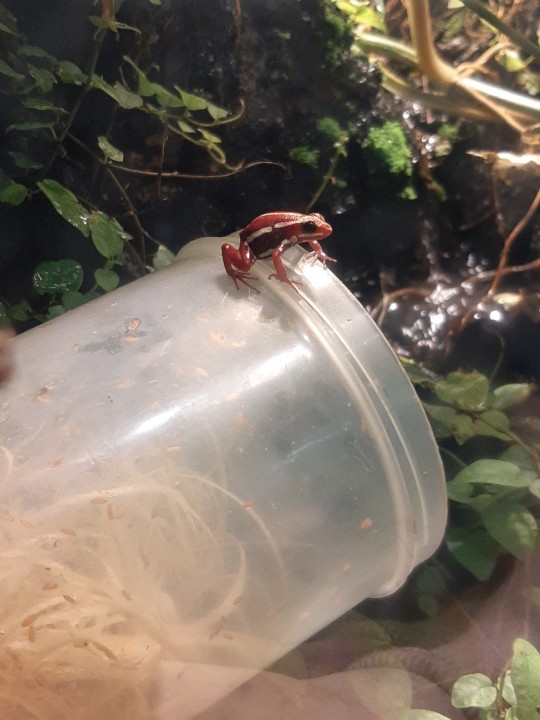
Went to the zoo today fully expecting only the outside spaces to be open but instead I got to visit inside the buildings as well and saw many delightful frogs.
Here is te best picture i could manage of an Anthony's poison arrow frog (Epipedobates anthonyi).
2 notes
·
View notes
Text
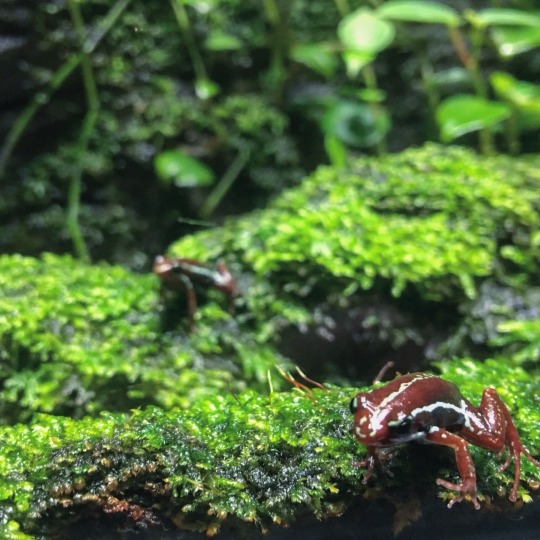
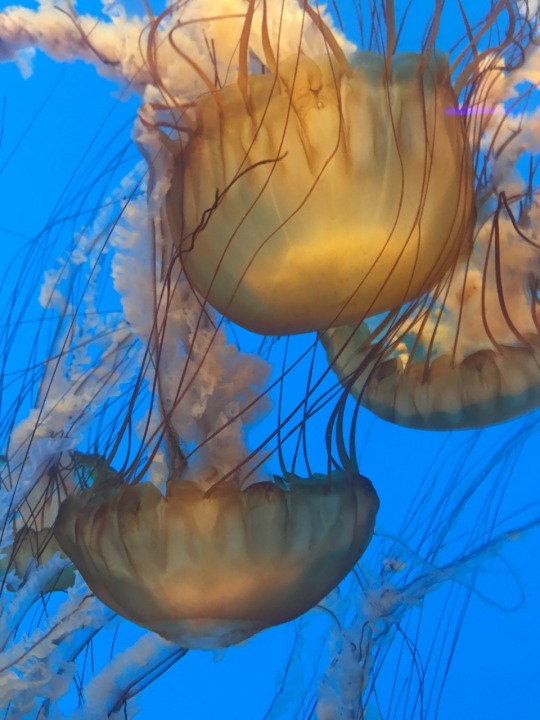
Some nice photos from an aquarium
#anthony’s poison arrow frog#pacific sea nettle#national aquarium#frog#jellyfish#Epipedobates anthonyi#Chrysaora fuscescens#my photography
9 notes
·
View notes
Photo

Phantasmal poison dart frogs (Epipedobates anthonyi) are South American dendrobates that live on forest floors. Males will guard egg clutches laid in leaf litter, and when the tadpoles hatch he will transport them on his back to pools of water.
Photo: Antonsrkn
#herps#amphibians#frogs#anurans#dendrobates#dendrobatidae#epipedobates#epipedobates anthonyi#poison dart frog#phantasmal poison dart frog
10 notes
·
View notes
Photo
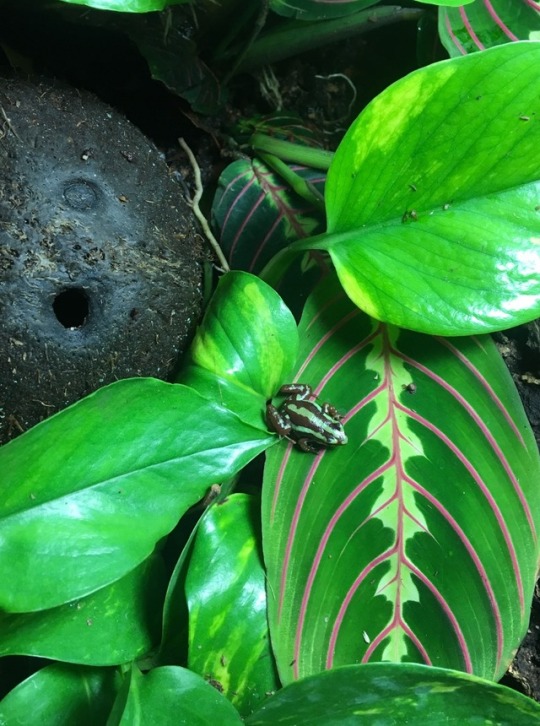
This is the only frog in this tank that lets me see him lol
69 notes
·
View notes
Text

day 1514
#amphibian#frog#amphibidextrous#epipedobates tricolor#the photo reference is my own photo :)#i went to a botanical garden/zoo thing#seeing this guy irl was like meeting a celebrity its like#omg its froggy from my drawing!!!#well i guess the one i drew was PROBABLY epipedobates anthonyi and the label called these tricolor but they look the same same#their call is very cute and loud#they had them both in a little terrarium and loose in the building#i found a few outside the terrarium by following their calls and looking very carefully :)#why do you look like the pikmin enemy
667 notes
·
View notes
Text
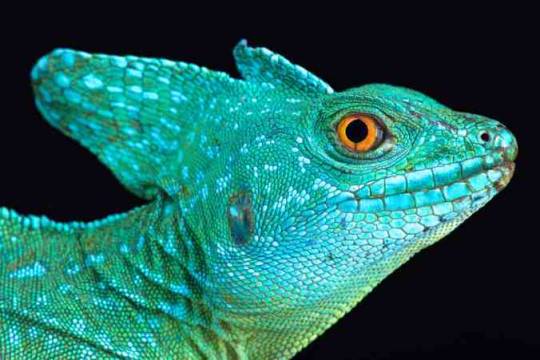
The plumed basilisk (Basiliscus-plumifrons)
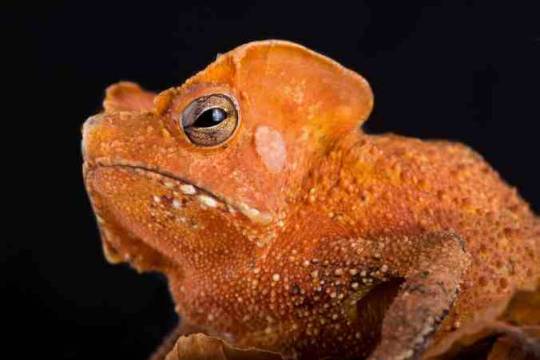
The Guiana shield leaf toad (Rhinella lescurei)

Ranitomeya veriablis, Spotted dart frog,Peru

Trioceros jacksonii, Jackson’s horned chameleon

Phyllomedusa bicolor

Cornufer guentheri also known as Triangle Frog

Chalcides sexlineatus, Gran Canaria blue-tailed skink, Gran Canaria island, Canary islands, Spain

Yellow-banded poison dart frog (Dendrobates leucomelas)

Blue rock iguana (Cyclura lewisi)

Red salamander (Pseudotriton ruber)

Serrated casquehead iguana (Laemanctus serratus)

White-lipped island pit viper (Trimeresurus albolabris insularis)

Gekko smithii

Siamese peninsula pit viper (Popeia fucata)

Alligator mississippiensis, Albino alligator, USA

Cameroon dwarf gecko (Lygodactylus conraui)

Two-headed snake (Pantherophis guttata)

Doi Suthep Bent-toed gecko, (Cyrtodactylus doisuthep)
Ahaetulla mysterizand, Malayan vine snake, Malaysia
Leptodactylus laticeps, Coralline frog, Paraguay
Baja blue rock lizard (Petrosaurus thalassinus)
Ahaetulla mysterizand, Malayan vine snake, Malaysia
Mossy frog (Theloderma corticale)
Atheris Hispida
Epipedobates Anthonyi, also known as Anthony’s poison arrow frog
Cold-blooded Creatures: Matthijs Kuijpers Photography
Matthijs Kuijpers is a Dutch adventurer and photographer. He spent the last 27 years traveling and taking pictures of the most dangerous, surprising and endangered cold blooded animals out there.
Matthijs collected his best shots in his first book: Cold Instinct. In order to make this a reality, he just launched a crowdfunding campaign.
This book is an unparalleled collection of some of the most peculiar species that has ever crawled or slithered on Earth; and some of which are carefully dwelling in the most hidden crevices of the Planet!
H/T: theguardian.com
Cold-blooded Creatures by Matthijs Kuijpers Photography Cold-blooded Creatures: Matthijs Kuijpers Photography Matthijs Kuijpers is a Dutch adventurer and photographer. He spent the last 27 years traveling and taking pictures of the most dangerous, surprising and endangered cold blooded animals out there.
#amphibian#animals#close-up#cold-blooded creature#creature#dangerous#frog#lisard#macro#Matthijs Kuijpers#nature#portrait#reptile#snake#wild animals#Wildlife photography
32 notes
·
View notes
